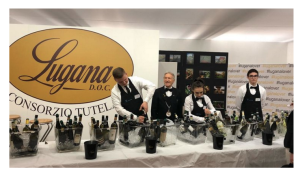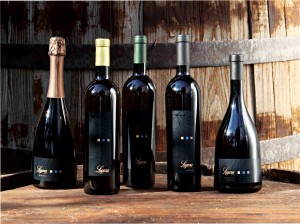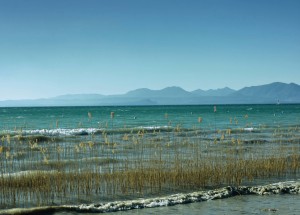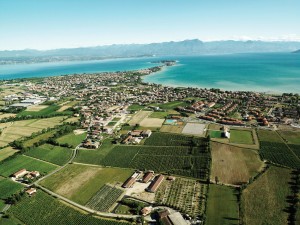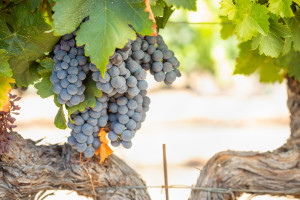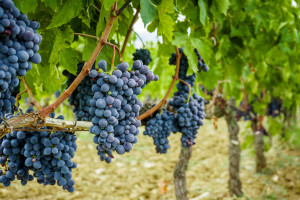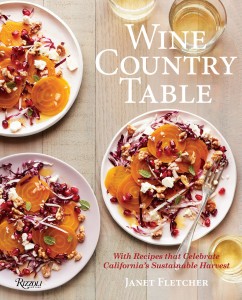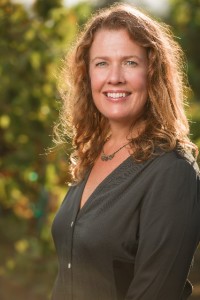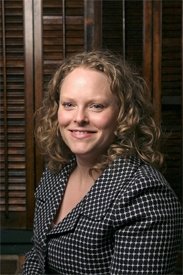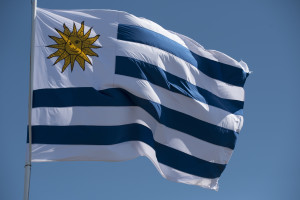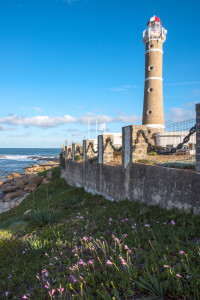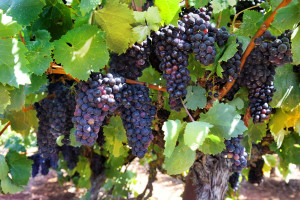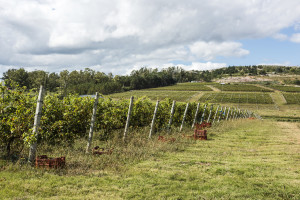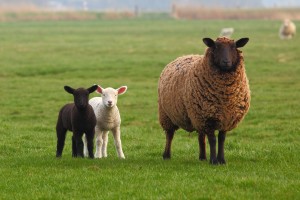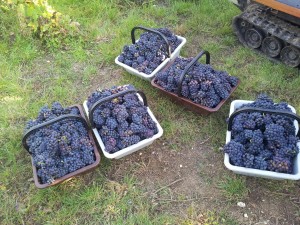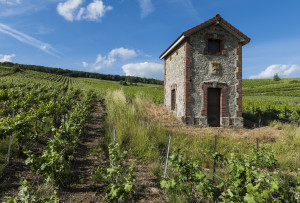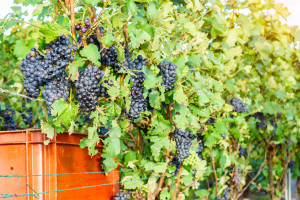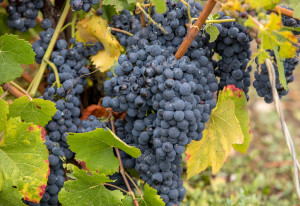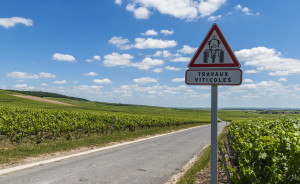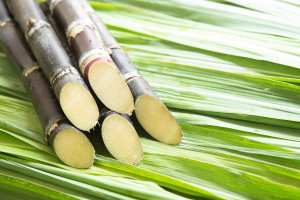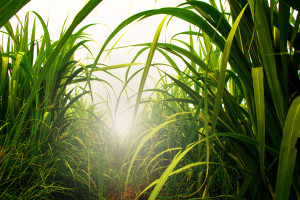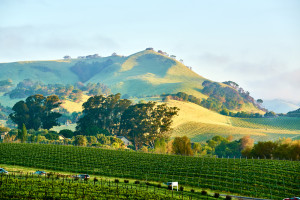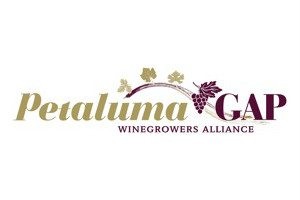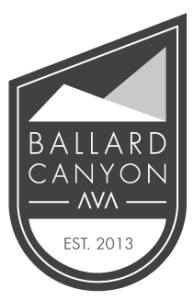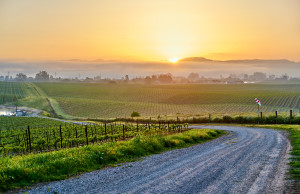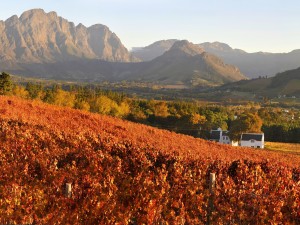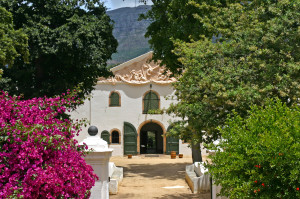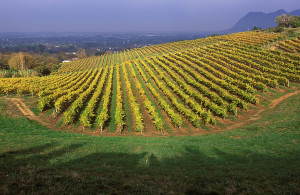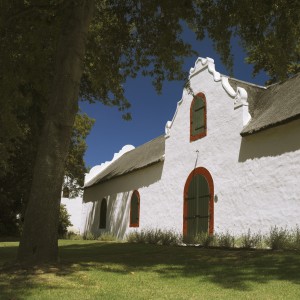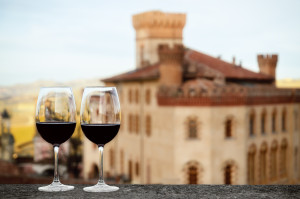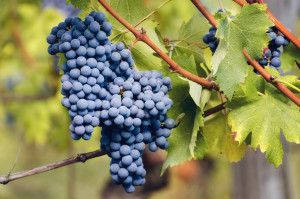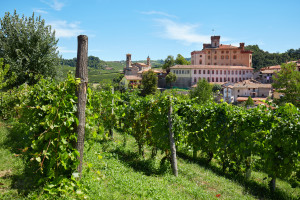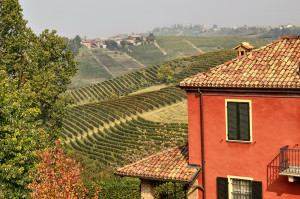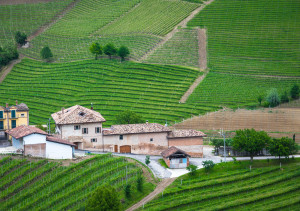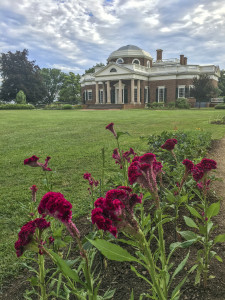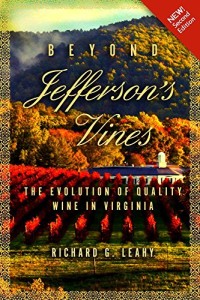Today we have a conference preview from Nora Z. Favelukes. Nora has been one of top-rated speakers at SWE’s Annual Conferences over the last few years, and we are thrilled to have her back again in 2019. In this post, Nora tells us about her amazing adventures in Argentina—and the wines that she’ll be sharing with her very lucky audience during her session “Treasure Hunting in Argentina: Looking for New and Exciting Wines”—to be held this August in Washington DC as part of SWE’s 43rd Annual Conference.
“For the past 30 years, I have followed the Argentine wine industry as it emerged on the world stage. It evolved from selling all their production in the domestic market to looking-out, emulating international wine styles; to looking inwards, with a fuller understanding of their own regions and terroirs. Today, modern pioneers of this new movement are creating new wine regions in the North, South, East, and West of Argentina with a renewed passion and vision.
Every way you go, producers and winemakers are crisscrossing frontiers in an explosion of creativity expanding into new altitudes, soil mapping, adopting sustainable and biodynamic practices, experimenting with micro-terroirs, Nomblot eggs and micro-vinifications. We cannot discount the influence of new local producers coming to the wine business with open and fresh eyes; new joint ventures between European, American and local wineries; the influence of foreign investments and the impact of the French, Italian and American flying winemakers.
In 2018, Maria Laura Ortiz, renowned Argentine Sommelier and Wine Consultant and I, partnered in a new joint venture, GO TO WINE to assist premium quality South American wineries to export worldwide. In preparation for our upcoming seminar at SWE’s Annual Conference, Maria Laura and I have hunted for those unique treasures that best represent the diversity of the Argentine wine industry of today.”
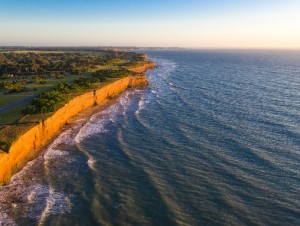
The Cliffs near Costa & Pampa
Adventures East—South Atlantic Ocean Wines
On the Shores of the Unthinkable: Costa & Pampa Albariño—Chapadmalal, Buenos Aires: Located 211 miles south of Buenos Aires, Argentina’s capital city and four miles west from the South Atlantic Ocean, Costa & Pampa’s first vintage was release in 2014. The climate, unlike that of mountainous areas, is humid and cold; ideal for short cycle varieties resulting in fresher and delicate wines, with great aromatic complexity and good volume.
“In Chapadmalal, I found not only a region that is geographically similar to that of Champagne in France, but also a farmer willing to take a chance on this amazing experiment who leased 30 acres of his land for us to convert into a vineyard” stated Daniel Pi, Trapiche’s Head Winemaker.
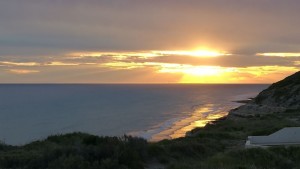
The coastal landscape of Patagonia
Coastal Patagonia’s Only Winery: WAPISA Pinot Noir—San Javier, Rio Negro: “Wapisa” is the indigenous Patagonian word for “whale” who frequent the nearby the coast of our vineyards. Located just 12 miles from the Atlantic Ocean on the banks of the Río Negro, Wapisa is the only winery in this Argentine Patagonian terroir, which bears strong similarities to Bordeaux.
“When we arrived in this area, the land was barren and we had to start from scratch” said Patricia Ortiz, Wapisa’s owner “What started as a gamble, today is a great project with an incredible team that continuously pushes us to keep growing.”
Wapisa is a proud Partner in Conservation of the California Ocean Alliance.
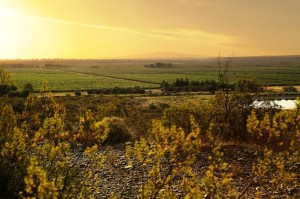
La Pampa landscape
Adventures South—Wines of Patagonia’s continental, arid climate
The Raw and Untapped Potential of La Pampa: Bodega del Desierto Desierto Pampa Cabernet Franc—Alto Valle del Rio Colorado, La Pampa: In 2001, when a team of Argentine entrepreneurs with a budding interest in wine, saw the raw and untapped potential of the Alto Valle del Rio Colorado (635 miles southwest of Buenos Aires City) decided just there and then, to become the first wine producers in this region. Their vision was complemented by a qualified and courageous group of experts – all with the same pioneering spirit.
“The Pampean terroir is ideal for Cabernet Franc due to the extreme dryness, the constant wind and the dramatic thermal amplitude” stated Sebastian Cavagnaro, Bodega del Desierto’s Chief Winemaker.
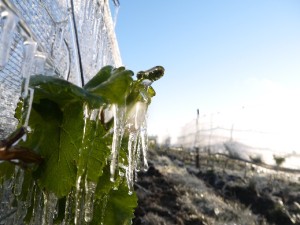
Early frost in the Patagonia Extreme
Patagonia Extreme: Bodega Otronia 45 Rugientes White Blend—Colonia Sarmiento, Chubut: Located in Sarmiento, Chubut at 45°30′ south latitude and 1,150 miles south of Buenos Aires, Bodega Otronia is a pioneer in developing extreme vineyards in the world. Founded in 2011, this state-of-the-art winery will release its first vintage this coming Fall. Due to the frosts during the vegetative cycle, 62-mile winds and the cold and semi-arid climate, Otronia’s 123 acres of vineyards are disease-free and Organic Certified.
“Because of the unique characteristics of our terroir, our wines develop elegant complex aromas with natural acidity and great phenolic maturity” summarized Máximo Rocca, Bodega Otronia’s Commercial Director.
Adventures Northwest—High Altitude Andean Mountain Wines: The Land of the Iconic Torrontés
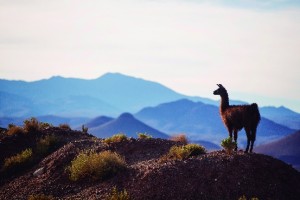
At the top of the Cafayate Valley
Bodegas Etchart Cafayate Gran Linaje Torrontés—Cafayate Valley, Salta: Founded in 1850 in what was then an unexplored region, Bodegas Etchart is the oldest operating winery in the Cafayate Valley and, the leading producer of Torrontés in the country. At 5,600 feet above sea level, deep sandy soils and extreme thermal amplitude this unique variety to Argentina thrives. “We are constantly working on improving the quality of our wines. From blending wines with same grapes sourced from old and younger vineyards, fermenting with wild yeasts, lowering the alcohol content and increasing the aging potential of our white wines” said Victor Marcantoni, Bodegas Etchart’s Head Winemaker.
Adventures West: Wines of the Andes Mountains
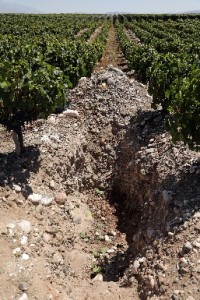
Digging in Gualtallary
It’s the Soil that Makes the Difference: Doña Paula Selección de Bodega Malbec—Gualtallary (Uco Valley, Mendoza): Doña Paula in Mendoza is the test area for a unique study: the Terroir-in-Focus Research Program dedicated to the study of the influence of the climate and soils on Malbec. Founded in 1997, Doña Paula rapidly became one of Argentina’s leading producers and exporters of Estate bottled wines worldwide.
“The best micro-vinifications are the ones with grapes sourced in Gualtallary from limestone and rocky soils” said Doña Paula’s Chief Winemaker, Marcos Fernandez ,It produces intense wines, with great minerality and sharp tannins.”
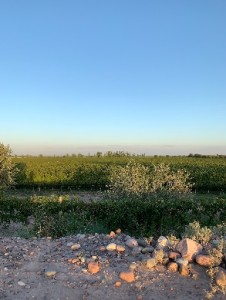
Syrah and Garnacha Vineyards
Unusual Blends: Proemio Wines Syrah/Garnacha—Russel, Mendoza: Marcelo Bocardo, third generation winemaker and the descendant of a traditional Italian immigrant family to Mendoza founded Proemio in 2001. This small boutique winery is dedicated to the production of wines that reflect their authentic geographical identity through sustainable and organic agriculture.
“When I purchased this vineyard ten years ago” stated Marcelo Bocardo, Proemio’s Winemaker and Owner. “I found 17 acres planted with both Syrah and Garnacha. I decided there and then to co-ferment the grapes and make this unique blend where the spiciness of the Syrah is enhanced by the vibrant freshness and acidity of the Garnacha.”
Andeluna Cabernet Franc—Gualtallary (Uco Valley, Mendoza): From its inception in 2003 and under the leadership of the Barale family, Andeluna was designed to become one of Argentina’s top producers. Their vineyards at 4,265 feet above sea level in Gualtallary, Uco Valley – the most sought after wine region in Mendoza – its rocky soils, great thermal amplitude, and sustainable practices under the careful guidance of Manuel Gonzalez Bals it’s Chief Winemaker and the consulting of Hans Vinding-Diers.
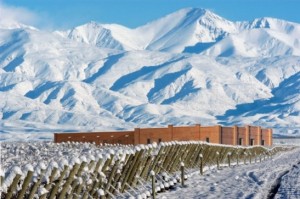
Snow-capped Andes Mountains and vineyards
“I particularly like the area of Gualtallary” stated Manuel, “The loamy-sandy-stony soils and climate, together with the low pH, thick skins and small berries intensify the aromatic expression, freshness, structure and elegance of our wines.”
About the speaker: Nora Z. Favelukes is a pioneer of premium South American wines in the United States. As an influencer, skilled spokesperson, moderator, negotiator and a natural diplomat with years of international experience, Ms. Favelukes understands the inner workings and complexities of the US, South American and European wine markets and is the president of QW US Market Experts, a wine and spirits consultancy. She is also a noted speaker specializing in European and South American wines and the US Wine Market.
Nora’s session, “Treasure Hunting in Argentina—Looking for New and Exciting Wines” will be held on Friday, August 16 at 4:45 pm as part of the Society of Wine Educator’s 43rd Annual Conference, to be held in Washington DC.
Are you a conference speaker that would like to provide a preview of your session? Contact Jane A. Nickles at jnickles@societyofwineeducators.org
